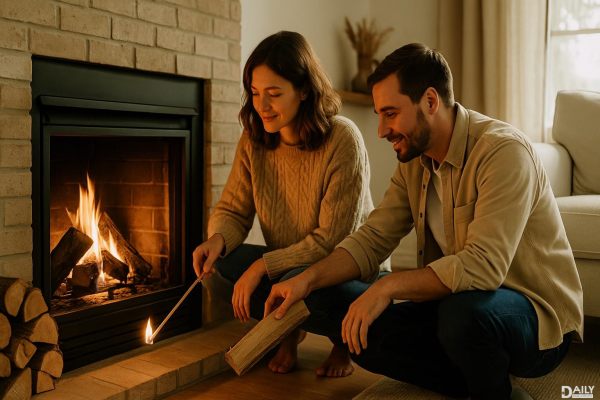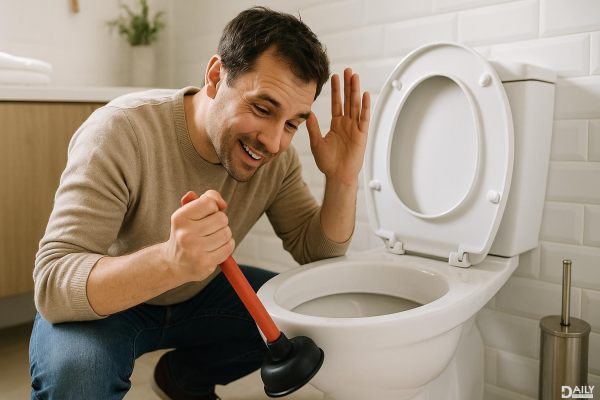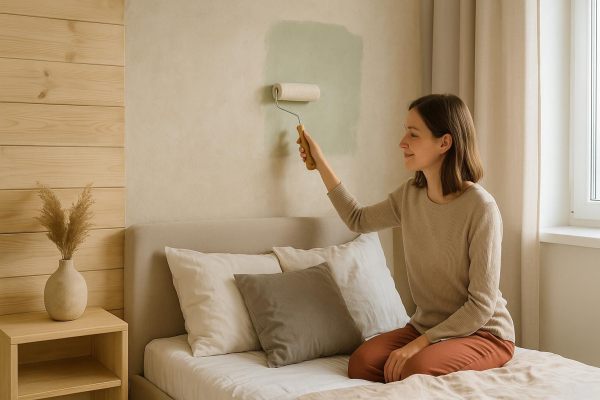There's nothing quite like the crackle and warmth of a wood-burning fireplace to make your home feel like a cozy retreat. Whether you're dreaming of roasting marshmallows with the family or curling up with a good book on a chilly evening, installing a wood-burning fireplace is a game-changer. But before you start chopping logs, there are some key steps—and safety considerations—you’ll need to tackle first. Let’s break it down so you can enjoy those fireside vibes without any headaches.

Not all fireplaces are created equal, and picking the right one depends on your home’s layout, local building codes, and personal style. Traditional masonry fireplaces are built into the structure of your home, offering a classic look but requiring significant construction work. Prefabricated (or "prefab") fireplaces are easier to install and often more budget-friendly, making them a solid choice for many homeowners. If you're tight on space, a freestanding wood stove can still deliver that rustic charm while being more efficient at heating a room. Whichever route you take, make sure to check local regulations—some areas have strict rules about wood-burning appliances due to air quality concerns.
Before the first brick is laid or the stove is wheeled in, you’ll need to prep your space. For a masonry fireplace, this means reinforcing the foundation and framing the chimney properly to prevent structural issues down the line. Prefab units often require a fireproof hearth pad and proper venting, so measure twice (or three times) to ensure everything fits. If you're retrofitting an old fireplace, a professional inspection is a must—cracked flues or creosote buildup can turn your cozy dream into a fire hazard. And don’t forget about clearances! Keeping flammable materials (like curtains or furniture) at a safe distance is non-negotiable.
This is where the magic happens—but also where many DIYers hit snags. Masonry fireplaces should be built by experienced professionals, as improper construction can lead to smoke backing up into your home or even chimney fires. Prefab units are more DIY-friendly, but still require careful assembly according to the manufacturer’s instructions. If you're going the wood stove route, proper venting through a double-walled chimney pipe is crucial for safety and efficiency. And no matter which type you choose, invest in a quality damper to control airflow and a spark guard to keep embers from making a break for it.
Not all wood burns the same, and using the wrong kind can leave you with a smoky mess or a weak flame. Hardwoods like oak, maple, and hickory burn longer and cleaner, making them ideal for heating. Softwoods like pine ignite faster but produce more creosote (a flammable byproduct that gunks up chimneys). Whatever you choose, make sure your wood is seasoned—meaning it’s been dried for at least six months to reduce moisture content. Store logs off the ground and covered (but not airtight) to keep them dry. And please, for the love of cozy nights, skip the painted or treated wood—those fumes are nobody’s idea of ambiance.
Starting a fire isn’t just about tossing in a match and hoping for the best. The "top-down" method (placing larger logs at the base, kindling above, and lighting from the top) creates less smoke and a more even burn. Once it’s roaring, keep airflow steady with the damper and avoid overloading the fireplace—too much wood can lead to dangerous flare-ups. Regular maintenance is key: sweep ashes weekly, inspect the chimney annually for creosote buildup, and replace worn gaskets on wood stoves to keep everything running smoothly. A well-maintained fireplace isn’t just safer; it’ll also keep those winter nights toasty for years to come.
With the right prep and care, your wood-burning fireplace will be more than just a heat source—it’ll be the heart of your home. So grab those marshmallows, stack your favorite logs, and get ready to enjoy the timeless appeal of a real fire. Just don’t blame us if your couch becomes the most sought-after seat in the house.
























